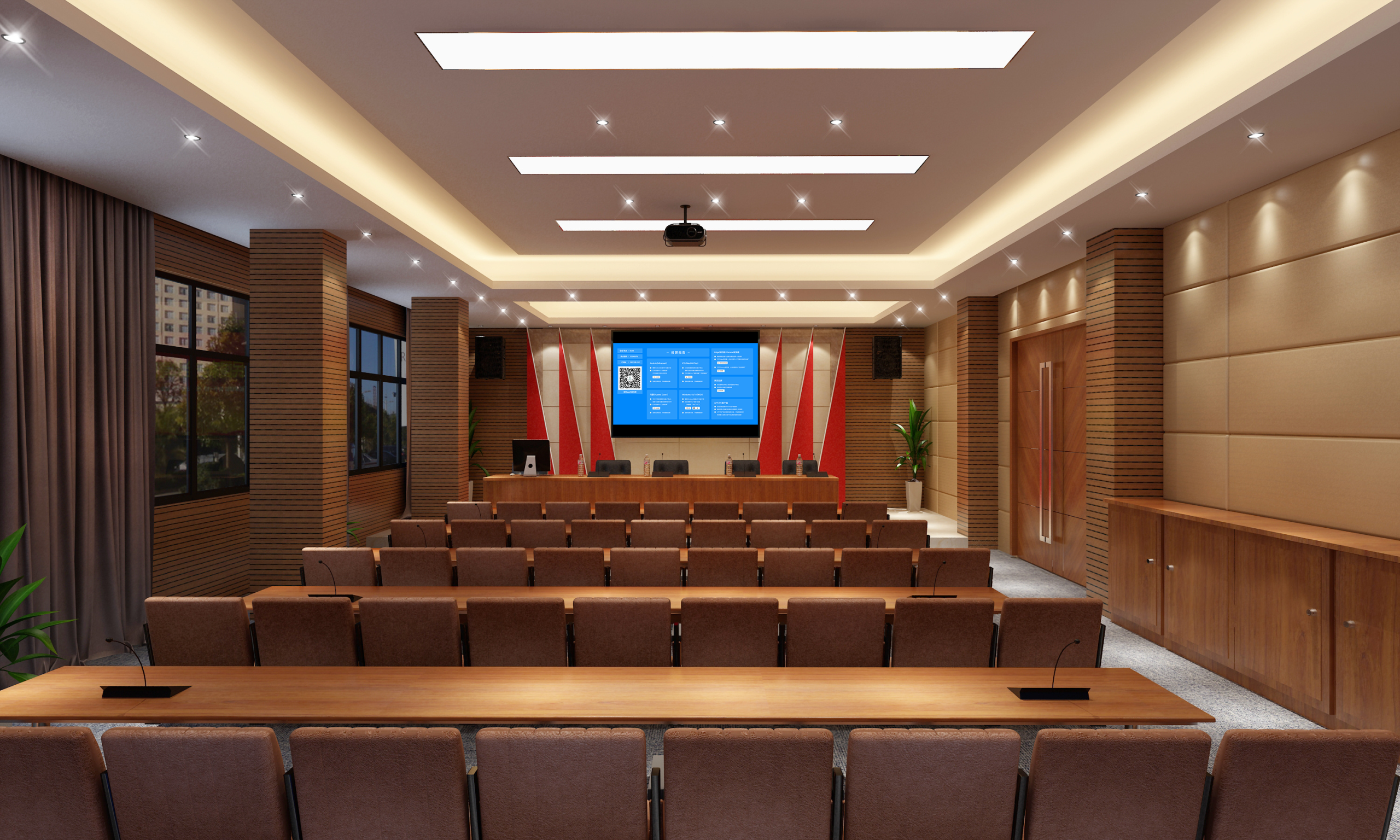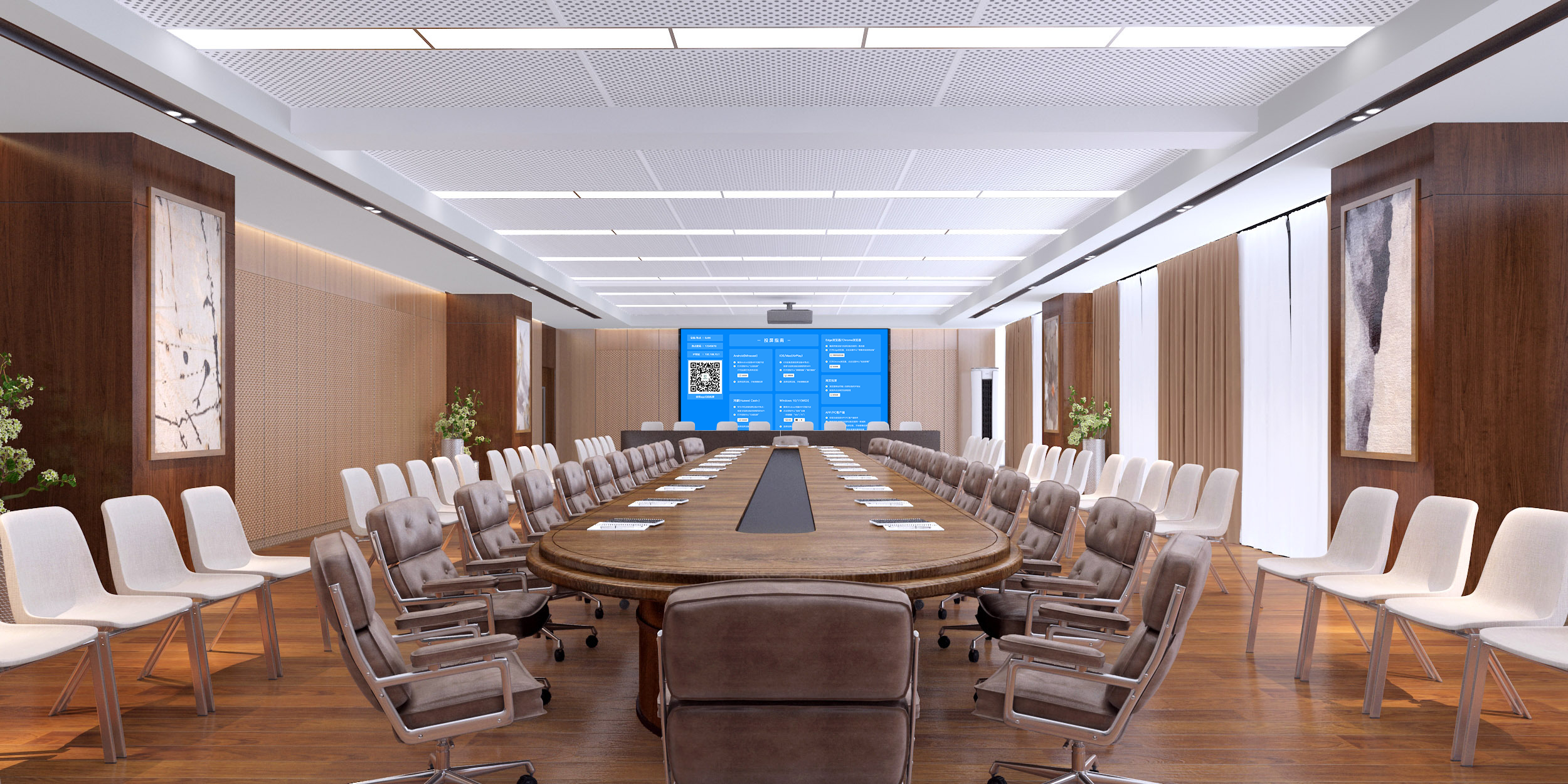Wireless Screen Mirroring: A Solution for All-Scenario High-Efficiency Interconnection
In today’s digital age, various smart devices are ubiquitous in our work, study, and daily lives. The ability to conveniently share and interact with content between devices has become a key need. The emergence of screen mirroring technology breaks the limitations of device screen size, allowing content from small screens to be clearly displayed on a large screen, which greatly improves the efficiency of information delivery and collaboration. From presenting proposals in a conference room to interactive teaching in a classroom and watching movies at home, screen mirroring is playing an irreplaceable role.
Core Technology Breaks Down Barriers
Full Protocol Compatibility, Adapted for All Systems
Screen mirroring devices have a built-in full protocol compatibility engine that supports over 10 mainstream mirroring protocols, including AirPlay, Miracast, DLNA, and WiDi. They are deeply adapted for Apple’s iOS, the widely used Android, and Windows and macOS systems. Even older devices can use a proprietary protocol conversion technology to mirror content smoothly without a system upgrade. The device compatibility rate is as high as 99.9%, completely solving the problem of interconnection between devices from different brands and systems. For example, an Android phone that has been used for many years with a low system version, which used to have compatibility issues when mirroring, can now easily connect to a large screen for a smooth mirroring experience with the help of this technology.
High-Definition and Low Latency Ensure a Smooth Experience
Using a dual-band Wi-Fi 6 module and a dynamic anti-interference algorithm, screen mirroring can achieve 4K ultra-high-definition transmission. The frame rate is stably maintained at 60fps, and the latency is controlled to be within 30ms. Even in a complex environment with multiple devices mirroring at the same time, it can ensure that audio and video are synchronized and the screen is smooth and free of lag or ghosting. For the design industry, every line and color can be accurately presented when displaying high-precision design drawings. In the financial sector, when presenting real-time data, the numbers and chart changes can be displayed promptly and accurately, providing strong support for decision-making.
Diverse and Convenient Connections
To meet the needs of different scenarios and user habits, it provides a variety of connection methods. “One-click mirroring” simplifies the operation to the extreme; a user can complete a connection with just a tap. “QR code mirroring” is suitable for temporary connection needs; a phone can scan the QR code on the large screen to mirror content in under 3 seconds. “NFC tap-to-connect” is even more convenient; a phone with NFC can be gently tapped against the mirroring device for an instant pairing. “Mirroring code connection” provides security for scenarios that require it, as a connection can only be established by entering an exclusive mirroring code. For environments with no network, it also supports direct connection via a phone’s hotspot. In a fixed location, mirroring permissions can be pre-set, and authorized devices can connect automatically when they are nearby, truly achieving a “zero learning cost” for operation.
Key Functions Improve Efficiency
Multi-Device Collaboration and Split-Screen Display
It supports up to 8 devices mirroring simultaneously in a split-screen display. The main screen can freely switch between single-screen, four-way split-screen, and eight-way split-screen layouts according to needs. In a corporate meeting, proposal reports from different departments like marketing, research and development, and finance can be displayed on the large screen at the same time, making it convenient for attendees to compare and analyze. In a school classroom, the discussion results of multiple groups can be displayed simultaneously, allowing teachers and students to compare and comment at a glance, increasing information acquisition efficiency by 60%.
Two-Way Interaction and Free Control
It has a two-way interactive control function, allowing the large screen to control the mirroring device in reverse. In a meeting scenario, a presenter can turn pages of a PPT on their phone or zoom in on a design drawing on their computer directly from the conference screen. A small-screen terminal can also remotely control the large screen’s volume and switch signal sources, eliminating the inconvenience of having to be in front of the device to operate it. For example, in a teaching scenario, a teacher can directly grade homework submitted from a student’s phone on the large screen in the classroom, and the changes are synchronized back to the student’s device in real time, which greatly improves the interactivity and efficiency of teaching.
Secure Control and Privacy Protection
A built-in multi-level permission management system supports device whitelist settings, so only authorized terminals on the whitelist can mirror content. For some sensitive scenarios, such as core project reports for a company or important exam paper reviews in a school, a “mirroring review” function can be enabled, where mirrored content must be confirmed by an administrator before it can be displayed. During transmission, AES-256 encryption technology is used to effectively prevent information leakage, safeguarding business secrets and teaching data.
Scenario Applications Create Value
Corporate Office, Efficient Collaboration
By deploying a mirroring device in a conference room, attendees can use their phones or computers to mirror proposal documents and data reports with a single click, without installing any software. Combined with the annotation function of a touch screen, attendees’ changes on the large screen are synchronized in real time.